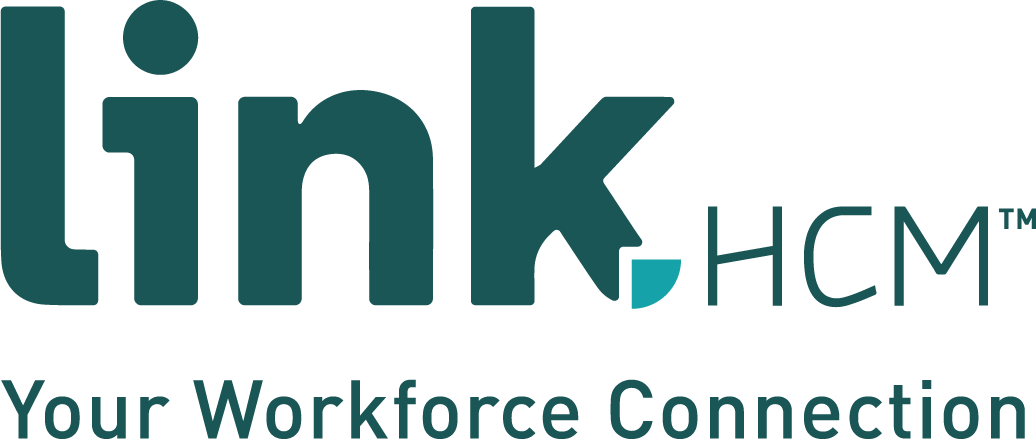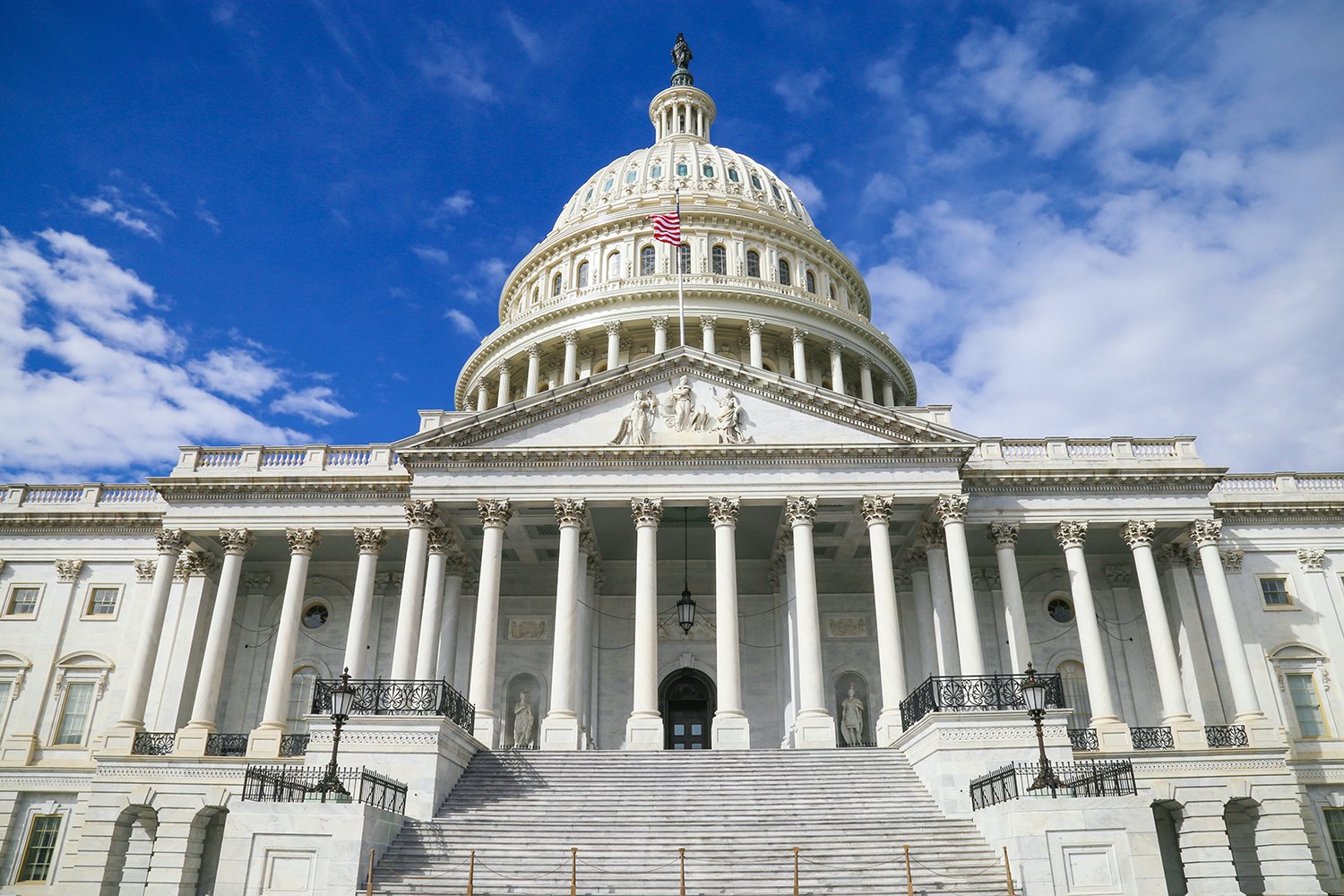Thursday afternoon (April 23), Congress passed The Paycheck Protection Program and Health Care Enhancement Act, replenishing funds for small business loans that many missed out on.
The bill includes:
- $310 billion for the Paycheck Protection Program with $60 billion dedicated explicitly for small lenders
- $60 billion for Small Business Administration disaster assistance loans and grants (EIDL).
- $75 billion in grants to hospitals experiencing a rush of COVID-19 patients.
- $25 billion for Coronavirus testing
Guidelines for the Paycheck Protection Program have remained the same as the first round of funding. The primary difference in this bill is the $60 billion set aside for small lenders.
Many small businesses had a difficult time finding lenders willing to work with them, as most lenders were only accepting applications from borrowers with an existing relationship. The problem with that method is most small businesses (under 20 employees) do not have a dedicated banker or lending institution.
By allocating a portion of the funding to small lenders, the Government hopes that more businesses will be able to obtain a loan. In many cases, it is these businesses that need financial relief the most.
How to Get a Second Round PPP Loan
If you already applied for a PPP loan, check with your lender on the status of your application ASAP. Be specific— if your lender says you are approved, make sure to ask where in the approval process you are, as it is a two-step process. After you are approved by your lender you still need to be approved by the SBA.
If you are concerned with the lender you applied with first, you can submit additional applications elsewhere. Just be sure to pull all other requests once you are approved and have received a loan number.
The loan number is your golden ticket— you are not officially approved until you receive one.
If you have not already applied, now is the time. Start by reaching out to your bank to see if they are participating in the program. If you don't have an existing relationship with a bank, you might have a better chance of securing a loan by going through a small lender.
Read more about PPP loans here or download our free toolkit to get started on your application
PPP Loan Forgiveness
Once you receive a PPP loan, your next big question is, "How do I get my loan forgiven?". This is an important question, considering PPP loans are eligible for 100% forgiveness if you follow the guidelines.
While some of the granular details around loan forgiveness are still in the works and have not been officially clarified, the guidelines are pretty simple. Use the majority of the funds (at least 75%) to pay your employees and only pay approved expenses, and all is forgiven.
Read more about PPP loan forgiveness here or download our free PPP Loan Forgiveness Fact Sheet here.
More Money for SBA Disaster Loans (EIDL)
The depleted EIDL program is also getting a boost in funding from the bill. Similar to the PPP, small business disaster loans experienced a massive volume in applications and funding ran dry quickly.
Although EIDL was previously oversubscribed, the SBA announced they are reopening for new applications. Experts expect that funding will go quickly again and probably won't match the demand.
The SBA will most likely look at geographics when determining approval this time. Businesses in areas that have been hit the hardest might have a better chance of getting a disaster loan.
If you already applied for a disaster loan, check with the SBA on the status of your application. If you haven't already applied, check the SBA website for applications to reopen.
Read more about Economic Injury Disaster Loans here.



Leave a Comment